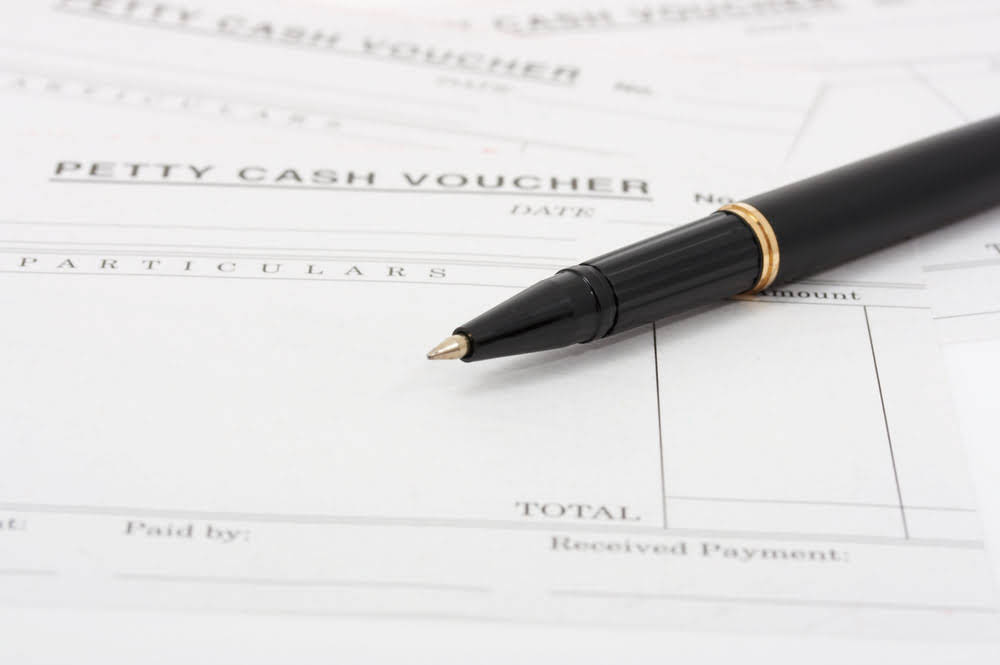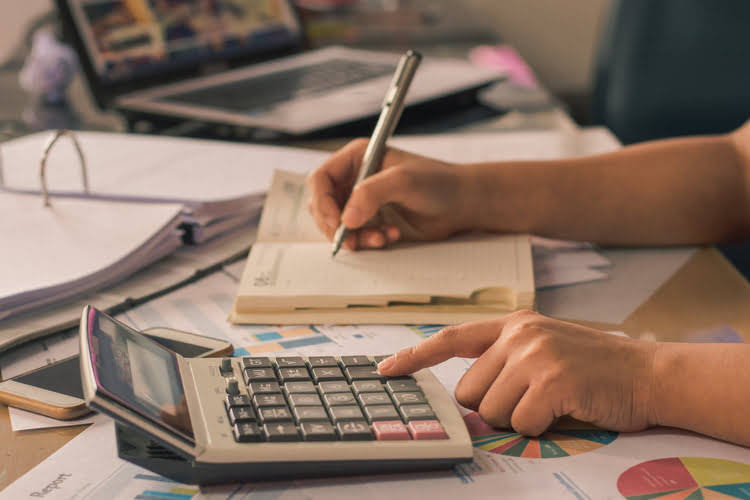Content

If a company takes out a five-year, $4,000 loan from a bank, its assets (specifically, the cash account) will increase by $4,000. Its liabilities (specifically, the long-term debt account) will also increase by $4,000, balancing the two sides of the equation. If the company takes $8,000 from investors, its assets will increase by that amount, as will its shareholder equity. All revenues the company generates in excess of its expenses will go into the shareholder equity account. These revenues will be balanced on the assets side, appearing as cash, investments, inventory, or other assets.
It is the standard for financial reporting, and it is the basis for double-entry accounting. Without the balance sheet equation, you cannot accurately read your balance sheet or understand your financial statements. The balance sheet, also called the statement of financial position, is the third general purpose financial statement prepared during the accounting cycle. It reports a company’s assets, liabilities, and equity at a single moment in time. You can think of it like a snapshot of what the business looked like on that day in time.
Limits of the Accounting Equation
A lot of times owners loan money to their companies instead of taking out a traditional bank loan. Investors and creditors want to see this type of debt differentiated from traditional debt that’s owed to third parties, so a third section is often added for owner’s debt. This simply lists the amount due to shareholders or officers of the company. My Accounting Course is a world-class https://www.bookstime.com/articles/bookkeeping-san-francisco educational resource developed by experts to simplify accounting, finance, & investment analysis topics, so students and professionals can learn and propel their careers. Remember what I said about the balance sheet being a picture of a company on a specific day? It’s a snapshot of all the assets, liabilities, and equity that the company owns on that specific day.

This is also why all revenue and expense accounts are equity accounts, because they represent changes to the value of assets. This accounting equation is the total amount of net income the company decides to keep. Every period, a company may pay out dividends from its net income.
Business Insights
Use the balance sheet equation when setting your budget or when making financial decisions. Company credit cards, rent, and taxes to be paid are all liabilities. This transaction affects only the assets of the equation; therefore there is no corresponding effect in liabilities or shareholder’s equity on the right side of the equation. Journal entries often use the language of debits (DR) and credits (CR). A debit refers to an increase in an asset or a decrease in a liability or shareholders’ equity. A credit in contrast refers to a decrease in an asset or an increase in a liability or shareholders’ equity.
- This is the amount of money shareholders contributed to the company for an ownership stake.
- Now that the balance sheet is prepared and the beginning and ending cash balances are calculated, the statement of cash flows can be prepared.
- These equations, entered in a business’s general ledger, will provide the material that eventually makes up the foundation of a business’s financial statements.
- It cannot give a sense of the trends playing out over a longer period on its own.
- The asset section is organized from current to non-current and broken down into two or three subcategories.
- These may include loans, accounts payable, mortgages, deferred revenues, bond issues, warranties, and accrued expenses.
- For example, even the balance sheet has such alternative names as a “statement of financial position” and “statement of condition.” Balance sheet accounts suffer from this same phenomenon.
As such, the balance sheet is divided into two sides (or sections). The left side of the balance sheet outlines all of a company’s assets. On the right side, the balance sheet outlines the company’s liabilities and shareholders’ equity. Cash includes all liquid, short-term investments that are easily convertible into cash.
What is the Accounting Equation?
For example, if a company becomes bankrupt, its assets are sold and these funds are used to settle its debts first. Only after debts are settled are shareholders entitled to any of the company’s assets to attempt to recover their investment. This equation sets the foundation of double-entry accounting, also known as double-entry bookkeeping, and highlights the structure of the balance sheet. Double-entry accounting is a system where every transaction affects at least two accounts. The left side of the balance sheet is the business itself, including the buildings, inventory for sale, and cash from selling goods. If you were to take a clipboard and record everything you found in a company, you would end up with a list that looks remarkably like the left side of the balance sheet.

Next, list all of your short-term and long-term liabilities and total them as well. Finally, calculate the owner’s equity by adding the contributed capital to retained earnings. For information from our Financial Reviewer on how to make sure your sheet is balanced, keep reading. Unlike the income statement, the balance sheet does not report activities over a period of time.

Leave a Reply